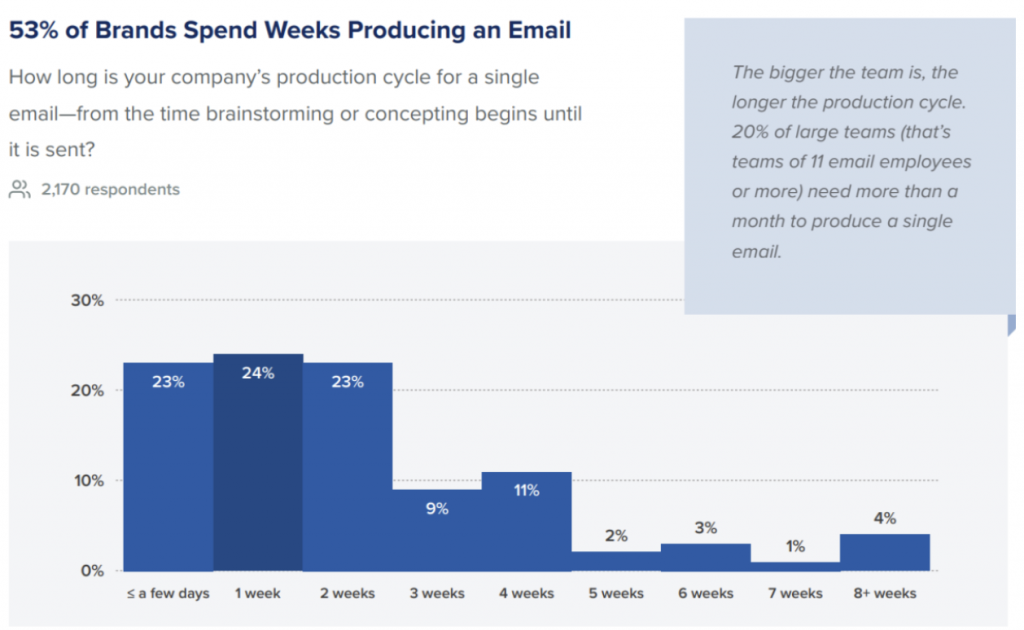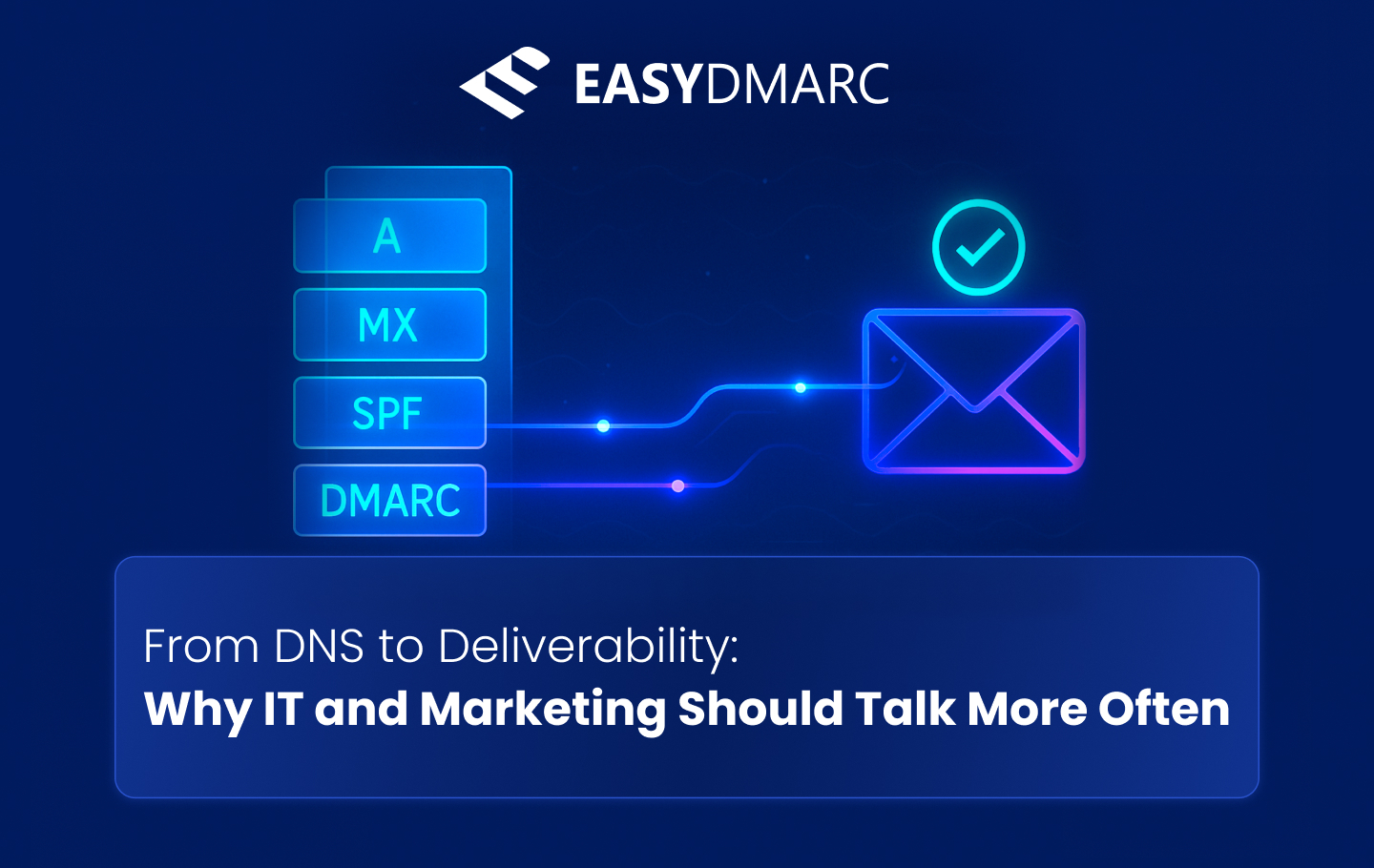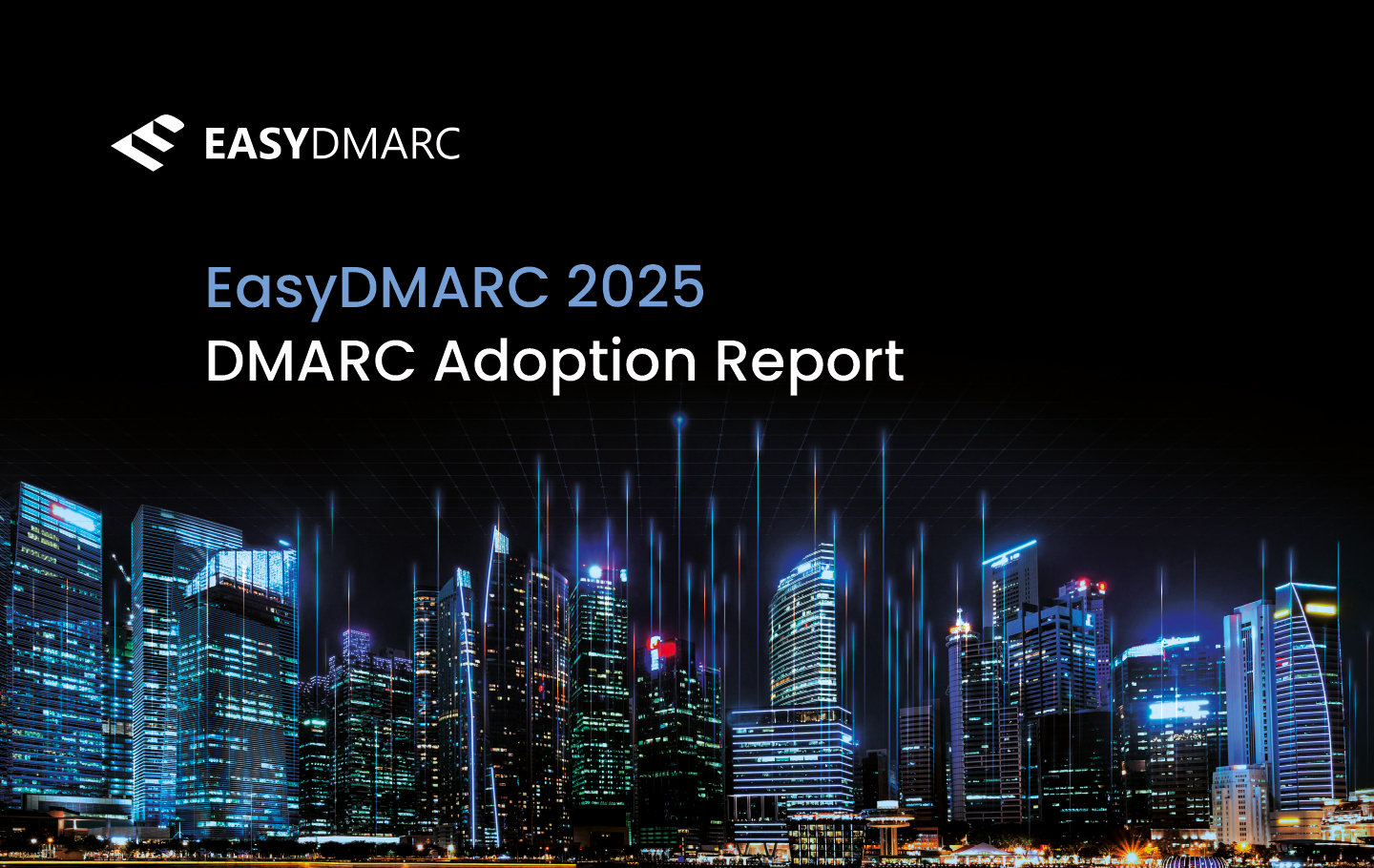What is Email Deliverability, and Why Does it Matter?
Email deliverability is the ability of emails to successfully reach recipient inboxes, and not land in spam or junk folders. It’s not just about whether an email was sent; it’s also about whether it actually arrived, where it was supposed to go, and whether it was considered trustworthy enough to show up in the inbox.
How Poor Deliverability Impacts Email Marketing Campaigns
Deliverability matters because, for every marketing email that doesn’t make it to a prospect, a business opportunity is missed. It’s like printing thousands of flyers for a campaign and having over half of them tossed in the trash before they ever reach a mailbox.
The average email open rate is around 39.7%, with an average click-through rate of only 1.0%. Inbox placement rates trended downwards in 2024, declining to 82.3% in Q4.
For companies investing serious time and money into email outreach, poor deliverability is a silent budget killer that can sabotage even the most well-crafted campaigns. While AI is decreasing the amount of time it takes to craft a high-converting marketing email, on average, 53% of brands take two weeks or more to produce a marketing email.

Time is money, and the last thing you want is for an email your Marketing team spent over a week tweaking to land in spam or be rejected by the server.
You may be asking, ‘Why the focus on email marketing?’ Well, when done correctly, the return on investment for email campaigns can be up to 3600%.
How Does DMARC Factor into Email Deliverability?
DMARC may play a behind-the-scenes role in email deliverability, but it is a crucial one. It controls whether your marketing emails reach the inbox, get diverted to spam, or get rejected entirely. It works by verifying that an email claiming to be from your domain actually came from an authorized sender. If you want more of the nitty-gritty details on this, check out EasyDMARC’s ultimate guide to DMARC.
When properly configured, DMARC helps email providers like Gmail, Outlook, and Yahoo trust your messages, which boosts your sender reputation and improves deliverability. Without it, your emails are more likely to be flagged as suspicious or spoofed, especially if someone else is trying to send phishing emails using your brand name. That’s why DMARC isn’t just a cybersecurity tool; it’s a strategic lever for ensuring your campaigns land in front of the people you’re trying to reach.
What Brand Trust Means to Your Business
Brand trust is the quiet force behind almost every buying decision. It’s what makes someone open your email instead of deleting it, click your link instead of scrolling past, and say “yes” to your offer instead of hesitating. When your audience trusts your brand, they assume your messages are safe, your promises are real, and your business is worth their time. That kind of trust doesn’t come from clever headlines or perfect designs; it comes from consistency, credibility, and showing that you take their security and experience seriously. In the crowded space of digital marketing, brand trust isn’t a soft metric; it’s a direct driver of engagement, loyalty, and ultimately, revenue.
Why Would Using DMARC Increase Brand Trust?
Using DMARC increases brand trust because it actively protects your customers, partners, and prospects from email-based fraud that could damage your reputation. When someone receives an email with your name on it, they’re putting trust in your brand just by opening it. If that message turns out to be a phishing scam or malware-laced spoof, that trust evaporates and can be hard to earn back.
DMARC prevents unauthorized senders from impersonating your domain, signaling to inbox providers and recipients that your messages are legitimate and safe. Over time, this builds confidence in your communication, reinforcing the perception that your business takes customer safety seriously and can be relied on, not just to deliver value, but to do it securely.
How can IT and Marketing Collaborate on Email Deliverability?
When IT and Marketing collaborate, email deliverability is no longer a technical hurdle – it’s a strategic advantage. Together, these teams can ensure that every campaign not only looks good but also gets seen. IT brings the tools and expertise to protect the domain and boost sender reputation, while Marketing understands the timing, tone, and target of each message. By working together, they can reduce bounce rates, improve open rates, and safeguard the brand from impersonation; ultimately stretching every marketing dollar further and building lasting trust with the audience.
Align on Approved Sending Domains and Tools
Marketing teams often use third-party platforms, like Mailchimp, HubSpot, or ActiveCampaign, to manage email campaigns. If those platforms aren’t properly authorized through SPF and DKIM records, your emails might be flagged as suspicious. IT should work closely with Marketing to make sure all tools and domains used for email are aligned with the organization’s DMARC policy. You can use a DNS lookup tool to quickly verify if the correct records are in place.This is especially important when Marketing launches a new campaign or sends from a subdomain. A quick conversation before hitting “send” can prevent major deliverability issues and lost time.
Treat Email Security as Part of the Customer Experience
Marketing is usually laser-focused on customer experience, but that should include email security, too. If customers receive spoofed or phishing emails that appear to come from your brand, it not only creates confusion, it also breaks trust. IT plays a critical role in preventing that kind of damage, but Marketing can help by framing DMARC and authentication as part of the broader brand promise. When IT understands they’re contributing directly to the user experience, and marketing sees how security helps drive engagement, mutual respect and a more unified strategy are formed.
Share Email Data to Spot Deliverability Problems
Both Marketing and IT teams have useful data; they’re just looking at different dashboards. IT has access to DMARC reports, bounce logs, and authentication failures via solutions like EasyDMARC. Marketing has insights on open rates, engagement trends, and unsubscribes. When these data sets are shared and compared, you can spot deliverability problems from the outset. For example, if open rates suddenly drop, marketing might assume it’s a content issue, but IT could confirm that it’s actually a sender reputation problem. Regular data syncs help both sides connect the dots faster.
Key Takeaways When Navigating Email Deliverability Challenges
Ensuring email deliverability isn’t just a technical challenge, it’s a business imperative. Every missed message is a lost opportunity to engage a potential customer, grow your brand, and drive revenue. That’s why email deliverability can’t be owned by IT alone, or siloed off in a marketing dashboard; it requires shared responsibility and proactive communication between both teams. When IT lays the technical foundation, ensuring DMARC is in place, and Marketing brings creativity to the table, the result is powerful: more visibility, more engagement, and more value from every campaign you launch.
If your business is struggling with low open rates, high bounce rates, or brand impersonation issues, you don’t have to figure it out alone. Consider working with a Managed Services Provider like Managed Nerds. As an EasyDMARC partner, we specialize in helping small and mid-sized businesses untangle their email deliverability challenges. Whether you need a full DMARC setup, help interpreting your reports, or just want your emails to actually land, we’re here to make that happen; because getting seen and trusted is the first step to getting email marketing results.


